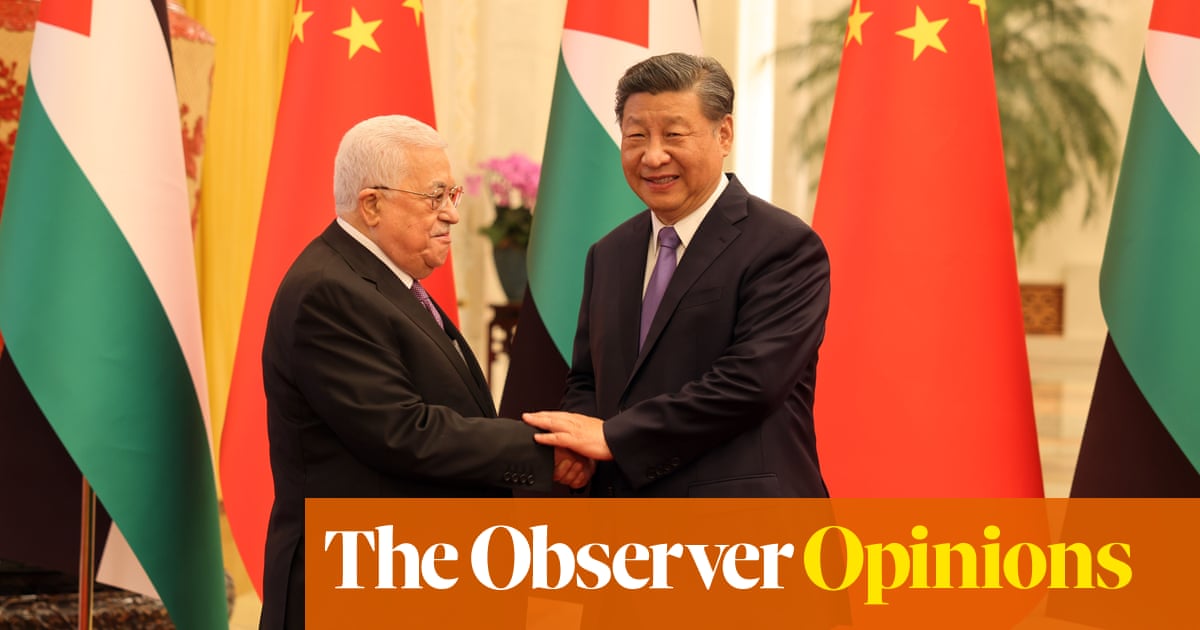
China is on the rise. Nothing proves that more than the second Belt and Road Initiative (BRI) Forum that took place in Beijing this weekend. The BRI is President Xi Jinping’s flagship initiative. It proves that China’s president is a man with a plan and a very long planning horizon. The BRI aims to replicate the land and maritime routes of the old Silk Road. It is pushing Chinese products westward — especially to Western Europe. The volume of trade between China and the countries participating in the BRI surpassed $6 trillion between 2013 and 2018, according to China’s National Development and Reform Commission.
No fewer than 35 heads of government and the International Monetary Fund’s (IMF) Christine Lagarde attended the high-level gathering. The UK sent Chancellor Philip Hammond to charm the Chinese leadership. China is important, as the UK is set to leave the EU at some stage this year and it needs trading partners outside of Europe. Hammond did not come empty-handed. The news that Her Majesty’s Government would award the controversial Huawei a contract to install some of the infrastructure hardware for the country’s 5G network was leaked just a day before Hammond boarded the plane bound for Beijing. This proves the ambivalent relationship many governments have with China and its grandiose global plans. A few weeks earlier, the G-7 and EU were up in arms when Italy joined the BRI scheme.
On the one hand, many recipient governments welcome the BRI infrastructure buildout. Others welcome the opportunity it gives their counties’ corporations in terms of subcontracting to the grand scheme. Other governments are worried about the geoeconomic influence behind China’s initiative. The South China Sea is a particular thorn in their side.
Another issue is the debt recipient countries incur when they sign up to the BRI. Pakistan is a good example. While Islamabad has newly-built coal-fired power stations, roads and, most importantly, the port of Gwadar, its current account deficit multiplied in the space of just a few years after signing up to the BRI. Sri Lanka shows us what can happen when a country can no longer afford the debt payments. In this case, it meant Colombo had to cede the port of Hambantota with a lease of 99 years to a Chinese company. The same may happen to Djibouti’s new port, which was built courtesy of the BRI.
However, many leaders do not share these concerns. Switzerland’s President Ueli Maurer is one of them. He arrived in Beijing for a state visit and to attend the BRI conference. The country shies away from geopolitical concerns and rather focuses on what advances its commerce. It is interesting that the companies that will benefit from the BRI infrastructure spend accompanied the president, but not the ones that do a lot of business in China on the consumer side, like Nestle.What about the Gulf Cooperation Council? Oman is a major BRI country. The UAE and Saudi Arabia look positively at the initiative. The UAE’s economic ministry wooed its Chinese partners in a special one-day session at the recent Annual Investment Meeting Congress, which is the world’s largest foreign direct investment gathering. Vice President and Prime Minister Sheikh Mohammed bin Rashid Al-Maktoum was a prominent participant at the second BRI Forum.
All of the above goes to show one thing: The world is in two minds about China’s new-found geoeconomic might. Governments fear the geopolitical inroads the Middle Kingdom has made, especially when it comes to the South China Sea and Central Asia. Impartial institutions such as the IMF and multilateral lenders fear for the economic dependency of recipient countries as the infrastructure is built not as a gift but rather on the basis on debt.
Then there is also the worry about the Made in China 2025 manufacturing strategy that focuses on the economy 4.0 and artificial intelligence, etc. This is where the concerns about Huawei come in, for there is no such thing as a Chinese technology pioneer with no ties to the government and its security apparatus, which brings about national security concerns. These were discussed ad nauseam in the context of the UK’s 5G decision and when Huawei’s CFO and daughter of the founder and chairman was taken into custody in Canada in December last year. Thus, technology is also an undercurrent in the trade frictions between the US and China.
The long and short of these positions on the BRI and China’s new-found role in the world is that many countries — especially in the West — need a more differentiated approach in how they look at the Middle Kingdom. While China offers a vast market and its various initiatives like BRI offer opportunities for their companies, its leadership has long-term geopolitical ambitions that are particularly obvious in the South China Sea and Central Asia. China also wants to lead in terms of technological advancement, which its Made in China 2025 strategy proves. Looking at 5G or renewable energy technology, one could argue the country has already achieved that position of leadership.
The issue here is that governments need to engage with the Chinese to create the ground rules of this new world order. Developing infrastructure in geographies that need it is a good thing; too much debt is not. Developing technology is a good thing; ignoring the security considerations of the countries that buy it is not.
The world needs clear rules of engagement of what is permissible when a superpower engages with the rest of the world. That applies to transparency and environmental sustainability in equal measures. It applies to China just as it does to the US. Emerging market leaders may comment that what China is doing with the BRI is no different to what the UK or France did in colonial times or to the US’ global engagement after the Second World War. That may be so, but we should have learned from the mistakes made in times gone by and not aim not to replicate them.












